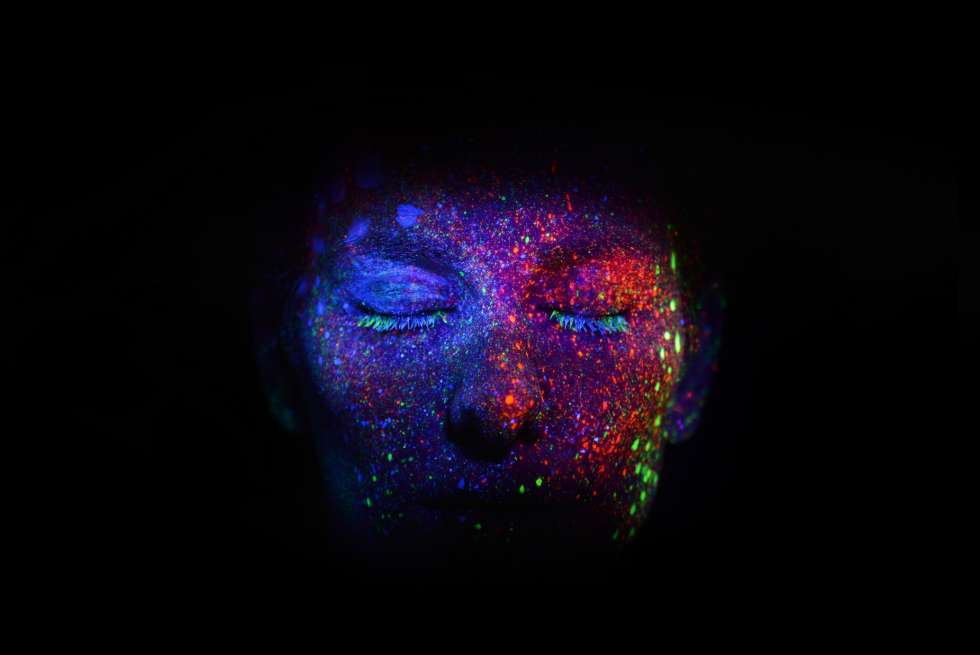Death
From the Series: Lexicon for an Anthropocene Yet Unseen
From the Series: Lexicon for an Anthropocene Yet Unseen

My artwork deals with nature. It participates in an interrogation of the solidity and certainty of our assumptions about what we call nature—normative judgments which have very real effects on the nonhuman life around us, whether in our decisions about what forms of life are killable but not murderable, or in our reshaping of landscapes by transportation networks, flows of international capital, and resource extraction. I am interested in revealing these aspects of nature and our shaping of it, but I am also interested in an expression of nature that is not reducible to what we have made of it. In other words, I try to confront the viewer with the difference between what we have made of nature—in our scientific practices, in our curatorial protocols of natural history, and sometimes in our brazen domination of it—and what in nature persists beyond our attempts to rule over and domesticate it: a sense of its strangeness, uniqueness, beauty, durability, and complexity.
The Touching project, featured in several shows over the past five years in the United States and Canada, was a turning point for me. My focus shifted from straightforward photography to video and performance art, which resulted in a series of thirty short videos at the Natural History Museum in Edmonton, Alberta. I touched and caressed every animal held in storage there, whether it was hidden under plastic sheets, hung on hooks, stored in boxes, or covered in blankets. Dead animals surrounded me, frozen in time with deliberate gestures that suggested either prey or predator. The entire space took on a theatricality, an eeriness and a sense of dislocation since I was the only living subject. Touching aims to evoke a complex ecology of emotions about animals—not least of which are empathy and mourning. In this project, I was interested not just in the gap or absence of a connection between human and animal life that results in dead animals occupying in a storeroom—all in the name of a greater knowledge of nature—but more importantly in what produces empathy, mourning, and a sense of loss in relation to nonhuman life.
Empathy and mourning are products of the complex temporality produced by the uncanny relationship between copresence and absence. Our own ephemerality and that of the animal comes together briefly, but fleetingly and incompletely. The animal bodies in these images will outlast our own, and yet we know nothing about them other than their brute physicality as objects, which serves as a kind of beguiling doorway into another reality. When did they live? Where did they live? Will others like them continue to live in our climatologically damaged times? How did they come to inhabit this deadness? The taxidermy is no longer the animal but a reflection of a representation of something that once was: the life of a sentient being that I will never encounter, except through its surreal objectivity stored in the room with hundreds of gelid eyes, the smell of dust, and ghostly shapes behind plastic sheets. I am lost in all the deadness that surrounds me.
In the videos, the sense of disavowal between the animals’ death and my own impending mortality is clearly visible. The only realness I could feel was that something remained alive insofar as I felt the urge to ask these questions, to reach out and touch the fur that belonged to the living animal and was somehow, strangely, still here. Can I only think the animal in its death and captivity, in its nonpresence? Or can I touch the animal differently, empathetically? Can I mourn not for the dead body or the specimen, but for a nonhuman life that was living and breathing much like myself? A larger question about this work thus arises not from each animal’s death but from the collective and entire death of all of these animals, an extinction of all these specimens. And, from there: not their extinction, but ours.
To put it another way, there is no single ecology. The necessity of expanding our worlds ecologically is allowing an opening to other life that shares a common world. Touchingaims to further press for a rethinking of what ecology is, what ecological existence is, and how those questions often manifest themselves unevenly in local environments. As the history of contemporary ecological art shows, artists have a special role to play in conversations about our shared ecological future. As I am touching the polar bear, it occurs to me that the ecological relation is gone and removed, left with only a gesture of itself.
What if times like the Anthropocene encourage us to reimagine the idea of ecology? Recent work in the humanities and social sciences has argued that nature, in the fundamental sense of a realm apart from human life, has come to an end, and that truly ecological thinking in the contemporary moment must confront the complexity with which human and nonhuman life forms, worlds, and landscapes are interwoven. How does one think about what is next when every moment of our own existence is being recorded as a type of temporal and geological countdown? We continue to visit natural history museums to learn about other species so as to be reminded of an ecological relationship in which every sentient being plays a part.